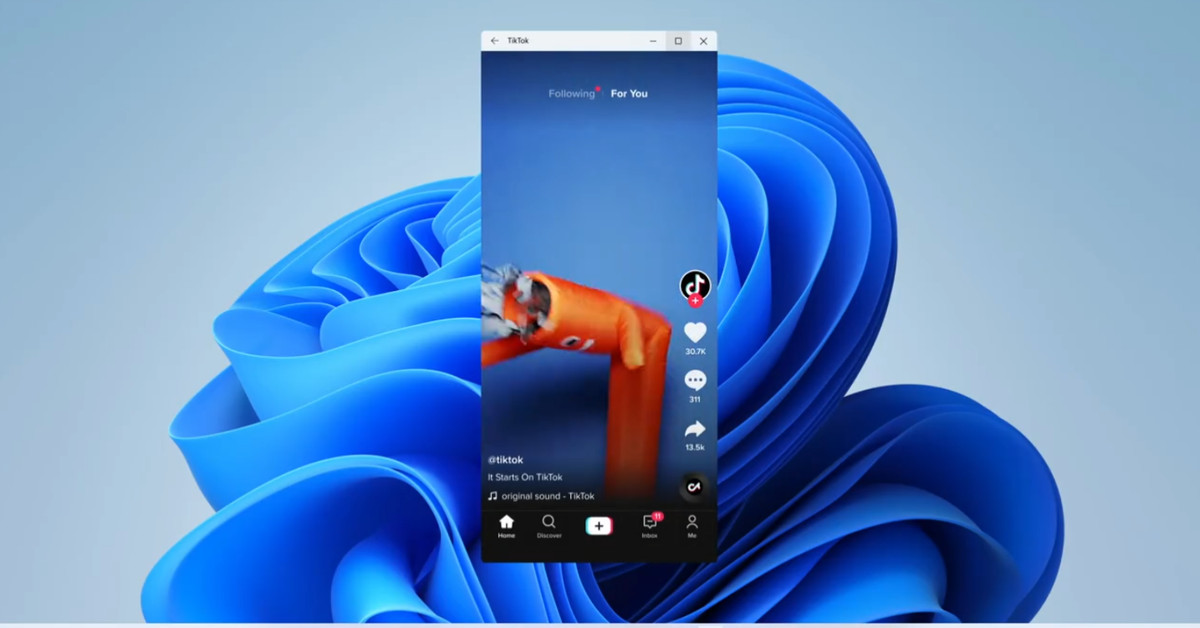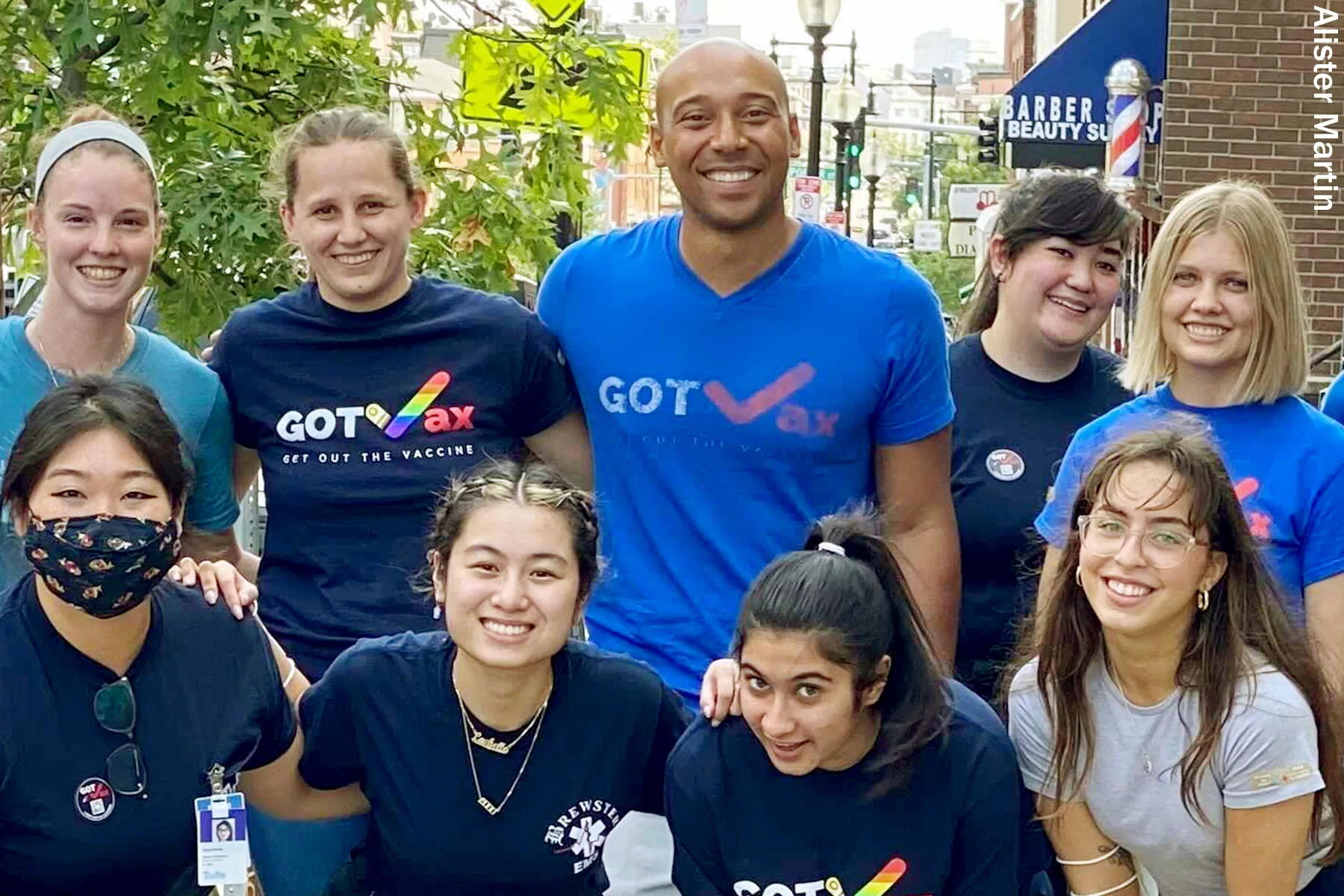How To Understand and Correct Police Perceptions of Race
How do we clear our vision? In this essay for our Viewpoints series, experts in sociology and criminal justice discuss how police perceptions of threat and commensurate force can be distorted by racism.

With the steadiness of an ophthalmologist in surgery, during his 2023 State of the Union Address, President Biden had to reassure the nation that he can correct American police’s racist vision.
Nearly two weeks have passed since the nation was mortified by Memphis Police Department’s released video footage that captured members of its SCORPION unit sadistically beating Tyre Nichols.
Racialized Police Violence In Plain View
Nichols, the 29-year-old, 6’3” and 145 pound, African American, Crohn’s disease sufferer would succumb to the effects of his sustained injuries within three days of the arrest.
Most postmortem attempts at making sense of this public torture failed because pundits missed the influence race holds within American socialization and American citizens’ perceptual gaze.
The graphic footage revealed the involved officers manufacturing their probable cause for what police officers across the nation invariably refer to as a “tune-up” – the physical beatdown of non-compliant suspects. The officers’ justification for violence rang with the familiar, but less understood racist rhetorical strategy.
While most citizens hear how the officers are overcome by a grave sense of terror, the author here discerns something more peculiar, namely what we refer to as the Racially Induced Diminutive effect (RIDeffect). The RIDeffect is a standard justification for escalatory violence often of the lethal variant and targeted towards racial minorities.
American Racism and the RIDeffect
The RIDeffect results from an a priori racist gaze whereby the beholder perceives a minority as a dreadful racial threat, instantly suffers an induced sense of dysmorphic shrinkage against the imagined and outsized suspect, and then engages in a compensatory deployment of violence intended to neutralize if not incapacitate said threat.
This perception of a racial threat is often rooted in faulty racial logic. Yet, once it takes hold of the beholder’s field of vision, it becomes real in its consequences. Whether the beholder carries the putative appellation of Ken, Karen, another Black or Brown person or even the police, the person beheld as a racialized threat almost never emerges from the encounter unscathed.
The RIDeffect, while manifest in police justifications for violence, is shaped by American racial socialization. Nothing in America escapes the perceptual application of race, and Americans carry within them, knowingly and unknowingly, a racist gaze.
In this societal situation, according to the race scholar, Elijah Anderson, white Americans are perceived as full citizens, conferred with an increased human value, and ascribed a surplus of moral credibility, which is a solid form of social capital. This social reality makes the affirmation that “White Lives Matter” socially redundant.
Conversely, Black Americans are perceived as suspicious interlopers, without human value, and carry with them a deficit of credibility. Black Americans, in this context, are not credible; they are only good for lying in wait to endanger civil society.
Black people, then, move through society campaigning for respect, fairness and inclusion against the headwinds of disparaging perceptions that construct them as dystopian threats.
Police officers, irrespective of race, ethnicity and gender, utilize violence as a legitimate means, consistent with American cultural sensibilities to race, to defend this American utopia.
Distorted Perceptions
When Ferguson, Missouri Officer Darren Wilson fatally shot eighteen-year-old African American Michael Brown, he justified his doing so by stating the overwhelming and dreadful fear that overtook his body. Wilson stated that in the encounter he felt like a, “five-year old holding onto Hulk Hogan.”
Wilson, who shared the same stature as Brown, was armed to the nines with police weaponry against an unarmed teenage male. Wilson, in effect, suffered a personal diminution – a perceptual resizing of himself – while resizing Brown as enormous in size and strength.
In the police shooting death of Tamir Rice, the 26-year-old white Cleveland, Ohio police officer, Timothy Loehmann, described the 12-year-old, African American Rice as an active shooter, 6’ in height and more than 185 pounds. In less than one to two seconds, after a terrible tactical approach, Loehmann exacted deadly violence against his perceived racial giant – a male child, half his stature, playing in a children’s park.
Returning to the police death of Tyre Nichols, the video footage showed several involved African American police officers discussing how Nichols’s superhuman strength could best be explained by his ingestion of drugs and alcohol. “He was so strong,” exclaimed one involved officer.
To overcome the strength of this fragile figure, the involved officers, whose collective weight exceeded more than one-thousand pounds, were justified in their use of “haymakers” to the face, boot kicks to the head, extendable truncheon strikes to the back and arms, pepper spray to the nose and eyes, and taser application to the thigh and torso.
If it were not for the contradictory body camera footage and resulting death, the mendacious officers account would have prevailed.
How Do We Clear Our Vision?
The pattern and practice of racialized police violence require serious intervention, and it would be easy enough to rail against the abstraction of white supremacy. Yet, given the fact that abstractions never provide clear pathways of change we advocate all the following interventions:
Federal, state, and local governments, police departments, and their training academies must incorporate the history of policing and race in their training curriculums, withdraw qualified immunity, nationalize police standards, enforce residential requirements for all police recruits and establish special federal and state base investigatory bodies to exclusive deal with police misconduct.
They must invest in non-punitive forms of policing and increase more social services, cease broken windows policing and instead redirect budgetary policies toward shoring up homes with broken windows, particularly where police services are concentrated, and establish procedural justice and other forms of de-escalation training, incentivize and protect whistle-blowing.
All departments should end officer arrest and citation quotas and discourage police interventions in minor traffic violations, provide journalists and academics cost-free access to police data, emphasize a duty to intervene in training and hiring and require all police officers to earn college degrees at higher ed institutions with verifiably diverse student bodies.
On a national level, the government must stop inter-and-intrastate police lateral transfers through a national decertification process for officers with a history of misconduct.
Cities and other municipalities must remove school resource officers and replace them with mental health providers, improve police pay but also create employment opportunities with living wages for community citizens and develop transparent practices around police misconduct.
These governments and organizations should arm civilian complaint review boards and oversight boards with subpoena power and the right to investigate and terminate officers, terminate police unions and revise a police bill of rights that protects police officers and ensures due process but does not inter or delay justice, and finally, disqualify police pensions for those that engage in racialized police violence.
Most importantly, this list of interventions must include training citizens and police officers to recognize the effects of a racial socialization and detect the RIDeffect in action.
As Americans reckon with the complicated entanglements of race and policing once again, and we now accept that some Black police officers, too, are susceptible to the racist gaze that beholds other black and brown bodies as menacing threats to be exterminated, it is our hope that now making legible the RIDeffect, Americans will acquire a clear vision of agents of harm, deeper understanding how American socialization of race distorts perceptions, and create new pathways forward that will make our democratic experiment a more perfect union.
Kalfani Turè, Ph.D., a former police officer, is a senior fellow in the Urban Ethnography Project at Yale University, and an assistant professor in the Department of Sociology and Criminal Justice at Mount Saint Mary’s University.
Kayla Preito-Hodge, Ph.D., is an Assistant Professor in the Department of Sociology, Anthropology, and Criminal Justice at Rutgers University-Camden.
Senaida Sharif, a former correction officer, is a licensed clinical social worker and co-founder at the Center for the Ethnographic Study of Public Safety (CESPS)

 Landwebs
Landwebs 























